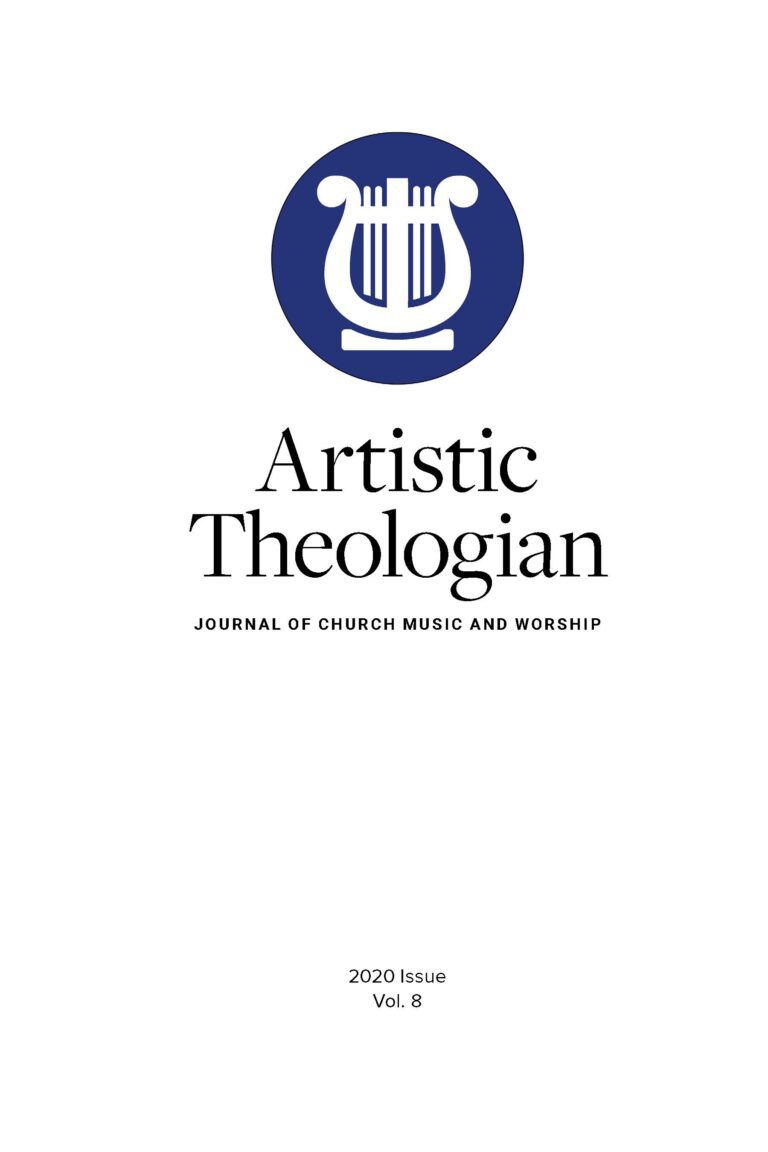
The Gospel-Driven Church: Uniting Church-Growth Dreams with the Metrics of Grace, by Jared C. Wilson. Grand Rapids: Zondervan, 2019. 240 pp. $21.99.
Jared Wilson is director of content strategy at Midwestern Baptist Theological Seminary, managing editor of For the Church, and director of the Pastoral Training Center at Liberty Baptist Church in Kansas City, Missouri. His book presents the idea that the attractional model of church growth pioneered by Willow Creek and Saddleback Churches has become a paradigm for any size church: “While the seeker-driven megachurch is the common picture of the attractional church, plenty of smaller churches use pragmatic and consumeristic methodology in the hope of growing bigger and fulfilling their dream of becoming mega” (25). Traditional churches can also be a part of the “attractional” model as they pursue “whatever it takes to get people in the door” (25). While affording people the opportunity to hear the gospel is admirable and desired, Wilson believes that this model may not be attracting people to Jesus but to a program or event: “What you win people with is what you win them to. The best motives in the world cannot sanctify unbiblical methods” (25).
In The Gospel-Driven Church, Wilson argues that the attractional model is based on consumerism and pragmatism catering to the customer and attempting to satisfy their preferences to boost attendance. This is achieved through careful programming designed to appeal to a target audience and tailored to meet their needs. “In some churches,” Wilson continues, “you may not hear Jesus mentioned or featured prominently in a message. Worship songs aim at eliciting emotions or inspiring people with positive, encouraging thoughts rather than rehearsing the gospel or teaching biblical content” (28). Wilson is convinced that the attractional model does not work because it fails to teach biblical principles, wins people to consumerism, and generally is not reaching unchurched people with the gospel (35–36). Because discipleship is not emphasized, the people remain biblically illiterate and are not able to live out their faith in a postmodern world.
Wilson believes that attendance is not the major factor in a healthy, growing church. Instead a church should look for signs of fruitfulness, and he suggests Jonathan Edward’s “Distinguishing marks of a work of the Spirit of God” as a guide (54). These metrics are a growing esteem for Jesus Christ, a discernible spirit of repentance, a dogged devotion to the Word of God, an interest in theology and doctrine, and an evident love for God and neighbor (55–66). Although not simple metrics to use, Wilson provides questions throughout the book to aid church leaders as they measure their fruitfulness.
The worship service, according to Wilson, is the setting to establish the gospel-driven model. Acknowledging the “seeker-focused approach to Sunday morning is widespread and influential,” Wilson finds this “very unfortunate because it is also unbiblical” (94). He is emphatic that the church is charged with reaching the lost, but “the church’s primary worship service should be designed with the saved in mind, not the seeker” (94). The service is constructed “as an encounter, not an experience” with the “four irreducible elements of gospel-driven worship” as the foundation (116). These elements are preaching, praying, singing, and eating. Preaching “is the centerpiece of the worship gathering because it is where we most declaratively and authoritatively hear from God” (116). It must be preaching that “proclaims, exults, and reveals the glory of God in Christ” (97–99). Prayer reflects the Christian’s submission to God, and when absent, it “is because we are too busy trying to manipulate God rather than supplicating before him” (117). Singing in the service is based on Colossians 3:16, emphasizing not the individual but the corporate body. Unlike the attractional model that is creating a mood or “vibe,” the gospel-driven model pursues songs that give opportunities to “tune our hearts to what Christ has done for us, which transforms our minds, our hearts, and our feelings into authentic worship of God” (119–20). Eating is the celebration of the ordinances of baptism and the Lord’s Supper. Wilson states that the Lord’s Supper “places us in a personal and corporate encounter with the sacrifice of Christ and presses us to meet God, confess our sin, and embrace afresh the gospel that saved us and continues to transform us” (121). This transformation leads to a “gospel culture that glorifies God in Christ and overflows out into Spirit-empowered gospel mission” (122).
In The Gospel-Driven Church, Wilson advocates for a model that is biblical, disciples believers, strengthens the church community, and reaches out to the lost. As he offers suggestions for transitioning from the attractional model to the gospel-driven model, Wilson acknowledges that it is not an easy path and may cause some people to leave. However, it will lead to a healthier congregation that is committed to Christ and seeks to obey him. To illustrate the concepts, Wilson includes a hypothetical story of a lead pastor and his church leaders as they transition from a successful attractional ministry to a gospel-driven model.
I found this book to be a breath of fresh air in the midst of the myriads of books on church growth solutions. It is a valuable contribution to the subject and a must read for pastors, worship ministers, and layleaders considering this issue.
Lori Danielson





